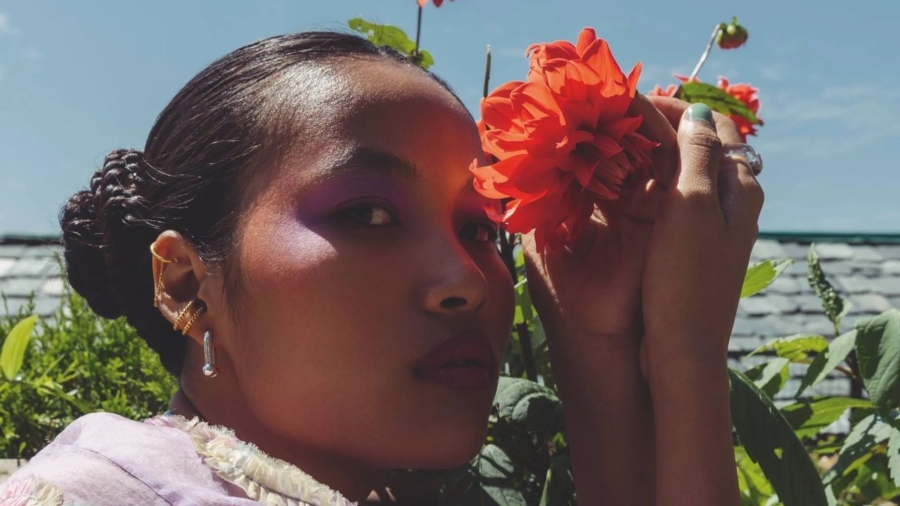Cleopatra knew how to make an entrance. Not with sequins or speeches, but with scent. History tells us she doused the sails of her ship in rose oil so that the harbour of Tarsus carried her presence long before Mark Antony ever laid eyes on her, as Plutarch (Greek philosopher and historian) writes, “the very winds might bear her perfume” before she even arrived. She seems to have understood that perfume isn’t about smelling “nice”. It’s about command. That’s the thing about perfume, it’s always been less about smelling nice and more about control. Take Napoleon Bonaparte, who was so devoted to cologne that he allegedly ordered 50 bottles of it a month, often layering citrus with rosemary.
Meanwhile, in Elizabethan England, gloves were perfumed with rosewater, orange flowers, cloves, musk, civet and ambergris. And in Mughal India, emperors wore attars of rose and sandalwood; these can be so potent that they’d linger on garments for months. Empires might collapse but fragrance endures.
Then came Coco Chanel, who approached perfume the way she approached clothes, with rebellion. By the 1920s, she’d had enough of single-flower scents that reduced women to roses, violets or lilies. Her answer was Chanel No5, a layered blend of aldehydes and florals that felt as modern as her little black dress. Marilyn Monroe later immortalised it in Life magazine; when asked what she wore to bed, she answered, “Chanel No5.”
Modern perfumers like Juliette Karagueuzoglou remind me that fragrance isn’t just bottled luxury or history’s afterthought, it’s generosity. She’s the creative mind behind scents like Yves Saint Laurent’s L’Homme, Ferragamo’s Signorina and YSL’s velvet-dark Tuxedo, perfumes that already live on countless vanities.
When I asked her what fragrance is, she didn’t reach for molecules or chemistry. Instead, she smiled and said, “For me, perfume is about giving people emotion, giving them strength, giving them confidence. It’s the tool that lets them appear in the world the way they want to.”
Signature scents and perfume layering, at its core, is storytelling. Maybe that’s the reason it has endured for 3,000 years, it reminds us that identity isn’t fixed. Cleopatra layered to seduce, Napoleon to conquer, Coco to liberate. Today, we use it to curate identity, memory and mood. The fascination endures because layering, when done well, is narrative. Perfume is music in molecules. Every scent has top, heart and base notes. An overture, a chorus and a finale. Layering is remixing that symphony. A smoky oudh under a rose? That’s jazz. A bright citrus lifted by vanilla? Pop ballad. Each spritz is a casting choice: who do I want to be today?
Source link
iPhone 17 256 GB: 15.93 cm (6.3″) Display with Promotion, A19 Chip, Center Stage Front Camera for Smarter Group Selfies, Improved Scratch Resistance, All-Day Battery Life; Lavender
Now retrieving the price.
(as of December 21, 2025 00:00 GMT +05:30 - More infoProduct prices and availability are accurate as of the date/time indicated and are subject to change. Any price and availability information displayed on [relevant Amazon Site(s), as applicable] at the time of purchase will apply to the purchase of this product.)










